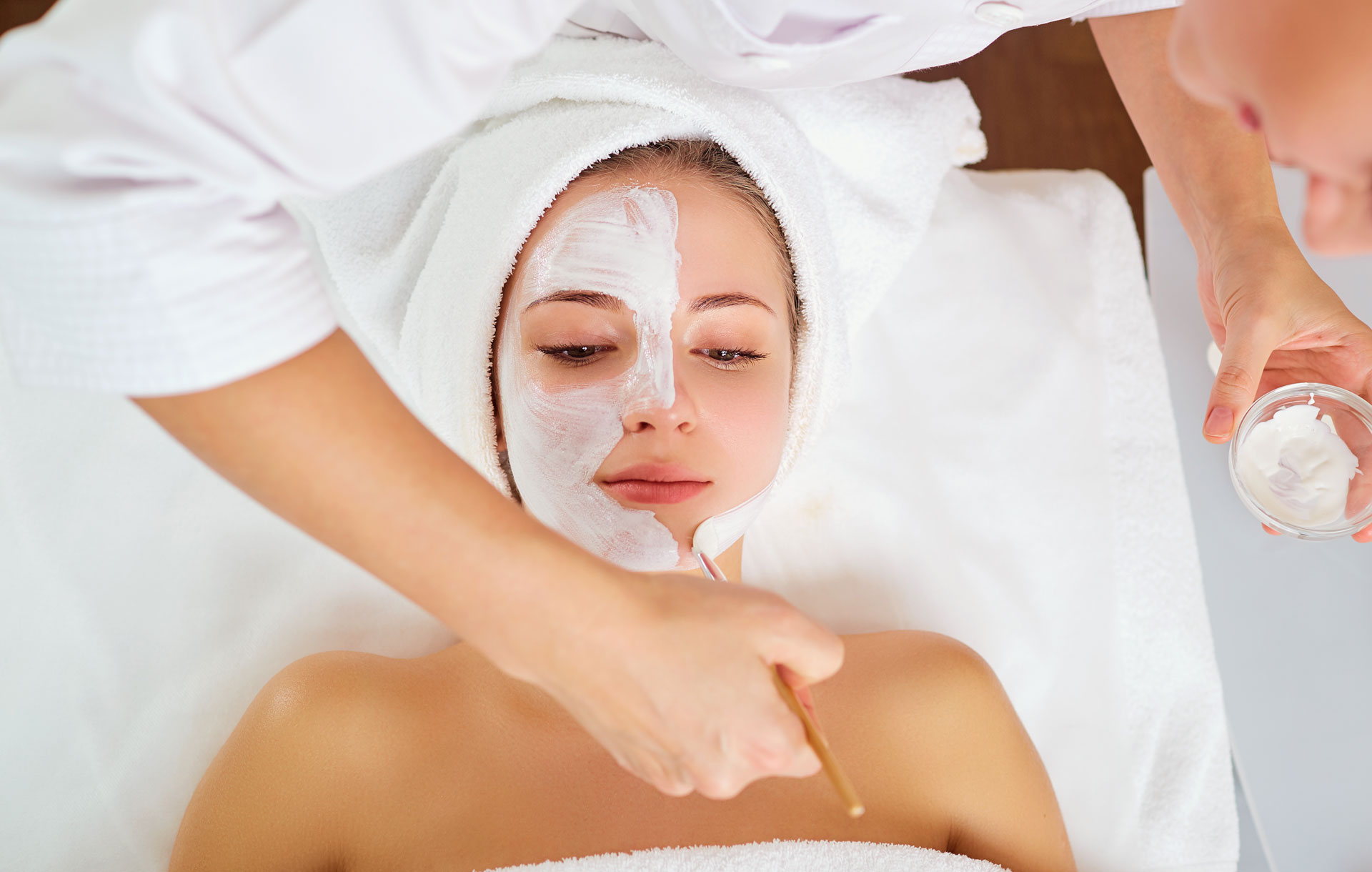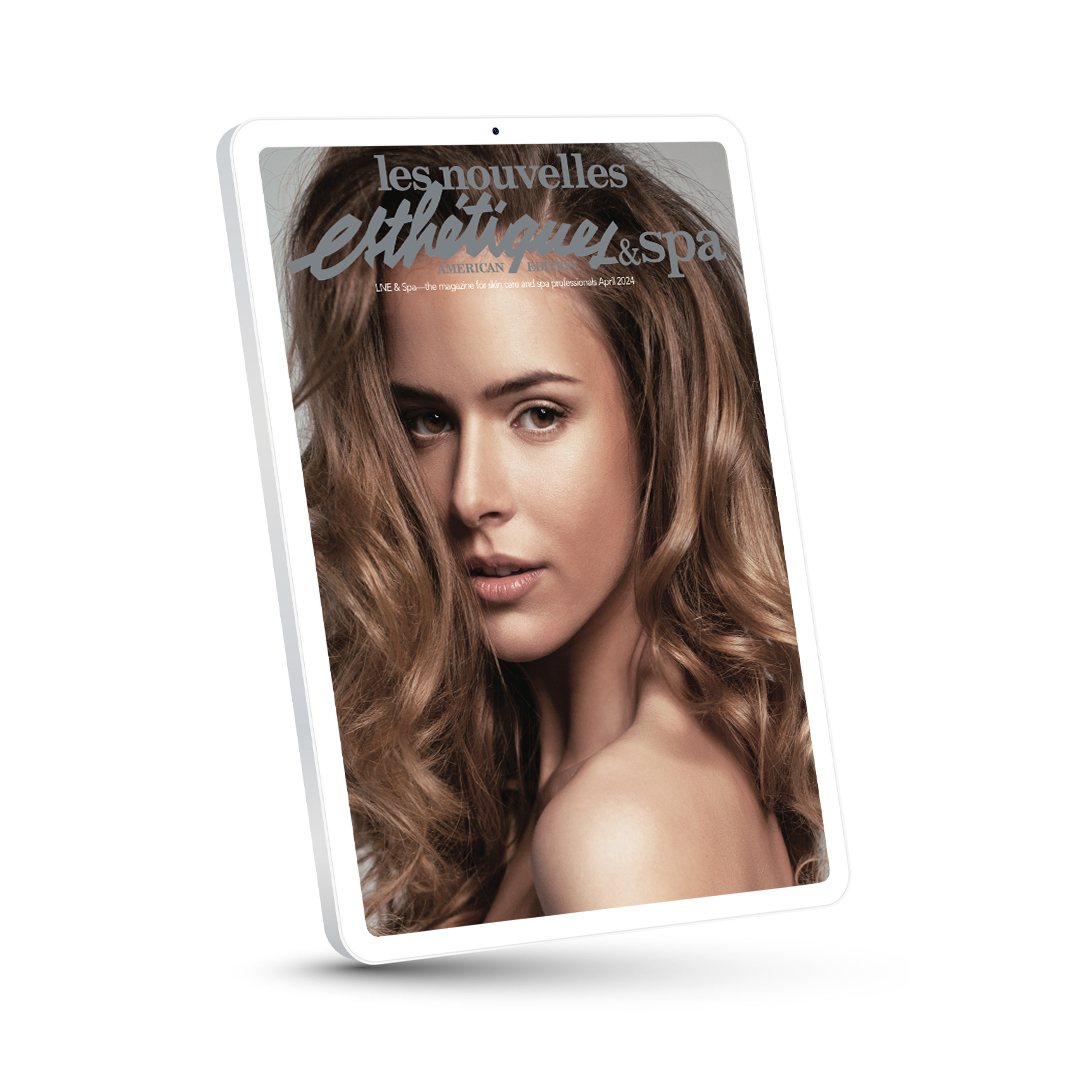
Caring for clients in special circumstances
As of January 2019, it is estimated that there are 16.9 million cancer survivors in the United States. This represents 5.0% of the population. In 2019 alone, 1.7 million new cancer cases were diagnosed in the United States. It’s a sad truth that the likelihood of an esthetican encountering a client that either has a history of cancer treatment, is in the process of undergoing treatment or is recovering from treatment is high. Oncology esthetics is a form of esthetic treatment that is meant to complement medical oncology treatment, addressing unique skin concerns that can arise from treatment while also offering important integrative therapy to help alleviate stress and anxiety associated with combatting cancer.
Certification in Oncology Esthetics has become more and more available throughout the United States, through organizations such as Oncology Training International. Becoming certified in oncology esthetics and incorporating it into a practice can be an enormously rewarding and enriching experience for the esthetician, knowing that they are addressing a demographic that can derive truly life-changing benefits from their services.
Here is an overview of what oncology esthetics entails, as well as ingredients and information an esthetician will need to incorporate into their practice to become a certified practitioner.
[ihc-hide-content ihc_mb_type=”show” ihc_mb_who=”2,4,5″ ihc_mb_template=”3″ ]
What is Oncology Esthetics?
Oncology esthetics is a practice that involves post-graduate education to learn how to perform facial and body treatments that are safe for a client that is undergoing or recovering from cancer treatment. This includes selecting the right ingredients that will not be contraindicative to any of the medications or treatments, as well as understanding the various forms of cancer treatment and side effects and how they can be alleviated through esthetic services.
Oncology esthetics complements medical oncology by implementing integrative therapies such as massage and aromatherapy, as well as cosmetic and skin care services to provide physical and psychological benefits. This is an intensive area of study because each client has unique circumstances. Individualized cancer treatments can cause heightened sensitivity or prosthesis. Estheticians trained in oncology esthetics need to have intensive training in medical oncology treatments and the possible side effects in order to properly and safely provide services to an oncology patient. It also requires a high level of empathy and sensitivity.
The benefit of esthetic treatments for oncology patients is quantifiable.
According to one of the study’s co-authors, Angela Noviello, Director of the Esthetic Division of Milano Estetica Cosmetic Surgery & Medical Spa, as well as Italian Director and European Coordinator for OTI Oncology Esthetics, oncology esthetics can have a multitude of benefits, including:
• Promoting relaxation
• Promoting blood circulation
• Promoting hydration
• Stimulating or relaxing the nervous system
• Promoting enhanced breathing
• Promoting sleep
• Pain reduction
• Reducing side effects of treatment such as nausea and loss of appetite
• Improving the quality of the skin
• Reducing anxiety and depression
• Promoting socialization
Types of Cancer Treatment and Their Side Effects
The first area of education involves understanding the various forms of cancer treatments. Treatment can be local, meaning it is directed at a specific part of the body and is often used when cancer is only present in that area.
Radiation therapy and surgery are both local treatments. Systemic treatment travels through the bloodstream to reach cancer cells throughout the body. Many chemotherapy drugs are systemic treatments that are absorbed by the body’s cells and tissues.
Targeted therapy uses drugs to target specific molecules (such as proteins) on or inside cancer cells. By targeting these molecules, the drugs stop the growth and spread of cancer cells and limit harm to healthy cells.
Side effects of these treatments can include pain, swelling, scars from surgical procedures, skin discoloration, radiation dermatitis, erythema or reddening of the area, edema, partial loss of epidermal basal cells which can cause dryness, itching, scaling, flaking and peeling, dark circles, hyperpigmentation, crusting, blistering, fatigue, and hair loss.
Do No Harm
As with all services, the most important maxim is to do no harm to the client. When it comes to oncology patients, this is even more imperative since their bodies and immune systems have been severely compromised through treatment.
Oncology esthetics training will not only review the kinds of treatment an oncology patient may be undergoing, but also cover important aspects of altering spa services to suit this client, and are covered in depth in text books such as Oncology Esthetics, Morag Currin, (Oncology Training International, 2020.)
With this, estheticians will:
• Learn how and when to modify spa services during all phases – before, during and after cancer treatment.
• Learn what ingredients to avoid, such as perfumes, parabens, silicones, DEA, TEA, Oxybenzone, glycols, alcohol, sulphates and triclosan.
• Acquaint themselves with oncology specialists who will provide insights about beneficial services, as well as methods and services that are prohibited.
• Learn how to properly approach the client, including modifying voice and demeanor to create a gentle, calm and soothing atmosphere.
• Always pay attention to the client’s comfort.
• Learn about proper sanitation, including use of antimicrobial products registered with the EPA as sterilizers.
• Understand how a spa and salon needs to be modified for proper sterilization, including proper cleaning of the front desk area, shelves, waiting room chairs, facial bed, trolley, chair counter tops, bathrooms (sink, toilette), towel dispenser, soap dispenser.
• Make sure all areas are well ventilated.
• Utilize disposable implements and utensils such as sheets, spatulas, headbands, brushes and towels to avoid cross contamination.
• Wear personal protective gear such as medical grade nitrile gloves, goggles, face masks and a lab coat, whilelearning proper removal of gloves and changing gloves upon completion of any procedure.
• Learn proper cleaning and storing of non-disposable implements in a dry sterilizer or autoclave.
• Understand how small but important accommodations count in the facial room. This may include:
• Having a step stool to make it easy for them to get on the bed.
• Having a comfortable seating spot in case the client needs a minute to just sit and relax.
• Having a a wig stand for those who need it.
• Be prepared to stop. Clients and survivors of cancer may feel disconnected from their bodies.
[/ihc-hide-content]










